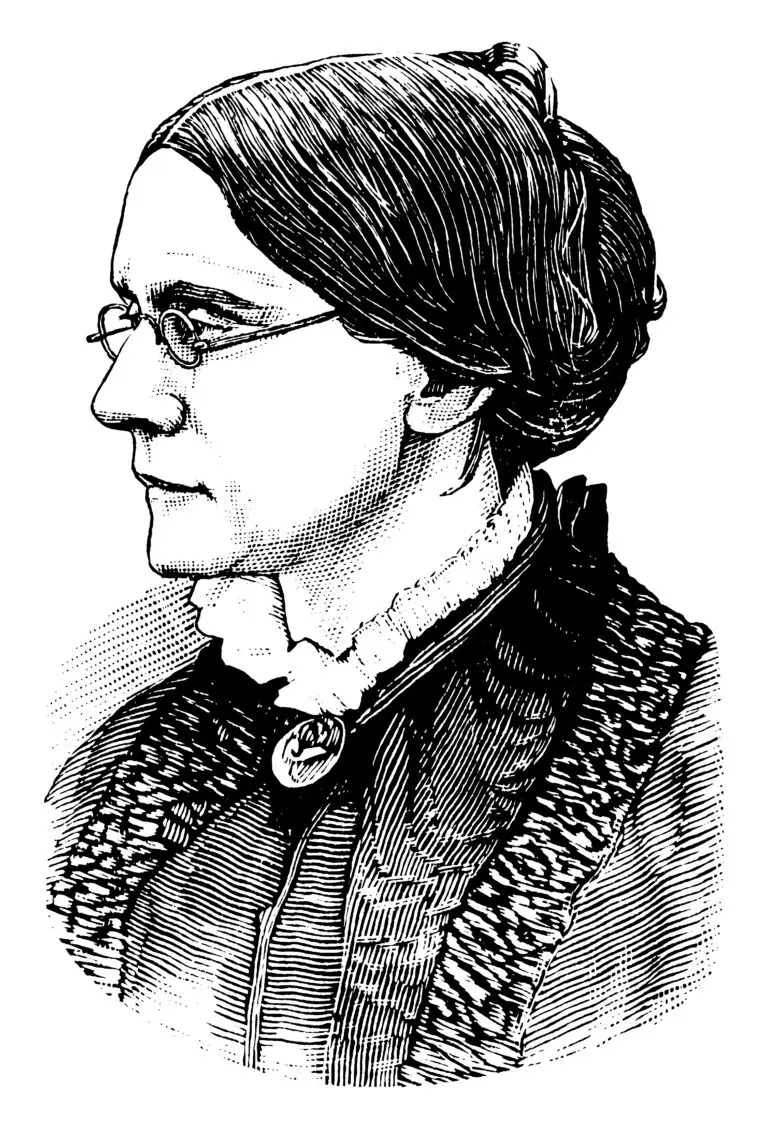Suffrage Movement

Table of Contents
What was the Suffrage Movement?
The Suffrage Movement, also known as the Women’s Suffrage Movement, refers to women’s historical struggle and activism to secure the right to vote in the United States.
The movement spanned several decades and involved a variety of tactics, strategies, and organizations aimed at achieving women’s suffrage.
Impact of the Suffrage Movement
The Suffrage Movement, also known as the Women’s Suffrage Movement, aimed to secure voting rights for women in the United States.
The movement gained momentum in the late 19th and early 20th centuries, with the primary goal of achieving women’s suffrage through the passage of the 19th Amendment.
The Seneca Falls Convention in 1848 is often considered the birthplace of the Suffrage Movement, where activists like Elizabeth Cady Stanton and Lucretia Mott advocated for women’s rights, including suffrage.
Susan B. Anthony became a prominent figure in the Suffrage Movement and played a key role in organizing the National American Woman Suffrage Association (NAWSA) in 1890.
The suffragists faced significant opposition, with anti-suffrage sentiments rooted in traditional gender roles and fears of societal disruption.
The Suffrage Movement employed various strategies, including lobbying, public speeches, parades, and civil disobedience, to raise awareness and garner support.
The 19th Amendment, which granted women the right to vote, was ratified on August 18, 1920, after decades of activism and struggle.
Tennessee became the 36th state to ratify the 19th Amendment, securing the necessary three-fourths majority for its passage.
Alice Paul and Lucy Burns were instrumental in the more militant and confrontational tactics of the Suffrage Movement, founding the National Woman’s Party (NWP) in 1916.
Women in Western states, such as Wyoming and Colorado, were among the first to gain suffrage in the late 19th and early 20th centuries.
Related Links
Civil Rights Movement
Emancipation Proclamation
Roe v. Wade
Stonewall Riots